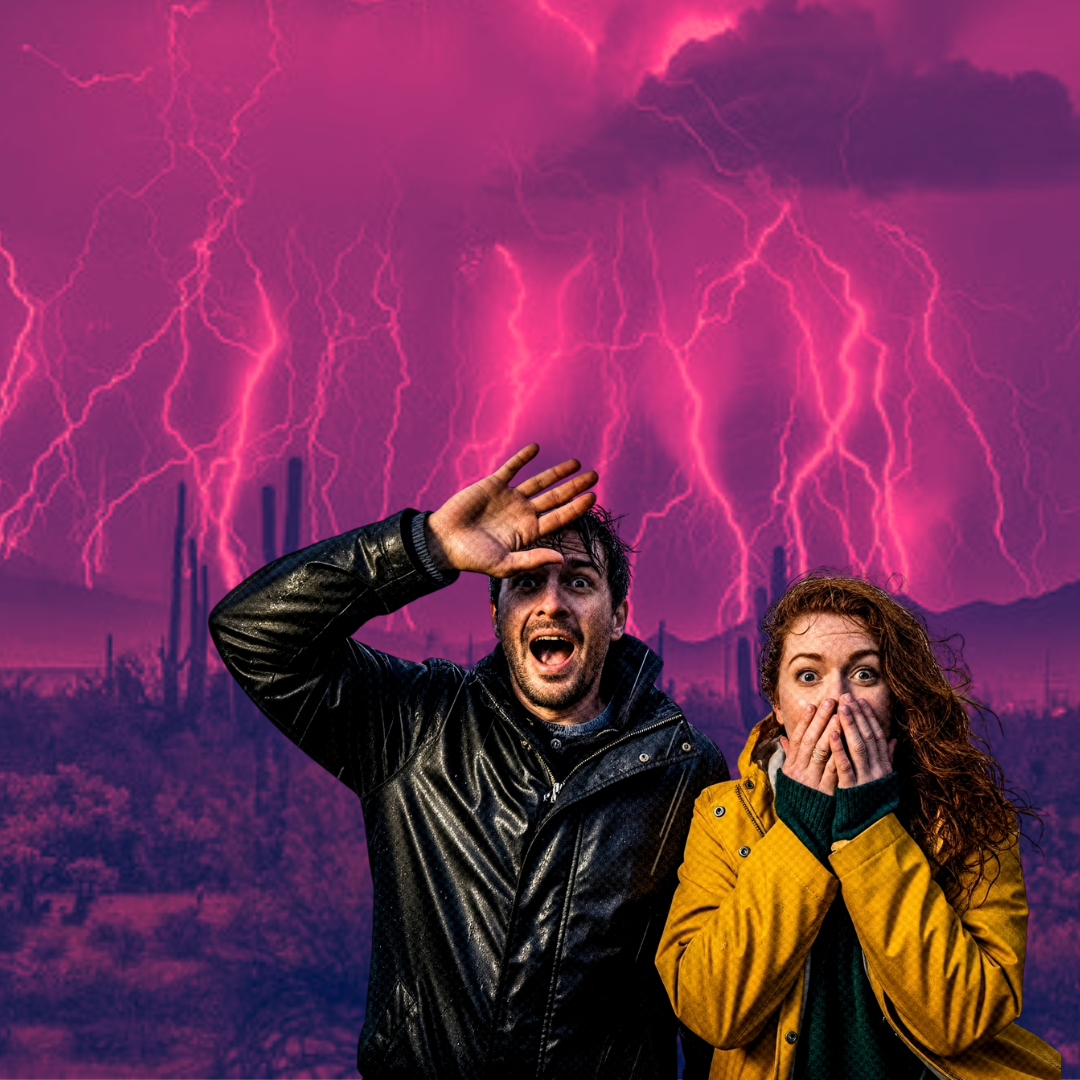The World Meteorological Organization (WMO) has certified the longest single lightning flash ever recorded—a staggering 829 kilometres (515 miles) megaflash—across five states in the United States on October 22, 2017. The lightning bolt stretched from eastern Texas, through Oklahoma, Arkansas, and Kansas, up to near Kansas City, Missouri.
This unprecedented event surpassed the previous record of 768 kilometres set in 2020, thanks to reanalysis of data from the GOES-16 satellite. WMO officials, including Secretary-General Celeste Saulo and expert Professor Randall Cerveny, have underlined its importance for understanding extreme weather and public safety, as such megaflashes pose risks far beyond typical storm zones.
A New Benchmark in Lightning Measurement
This record-shattering megaflash illustrates the extraordinary horizontal reach lightning can achieve. Unlike typical vertical bolts from cloud to ground, megaflashes travel laterally through storm clouds, branching and spanning vast distances. The 2017 event lasted approximately seven seconds, with the lightning bolt’s path crossing five US states—eastern Texas, Oklahoma, Arkansas, Kansas, and close to Kansas City, Missouri. Researchers recorded more than 100 ground strikes triggered by this megaflash.
Professor Randall Cerveny, a WMO expert and Arizona State University professor, described this discovery as a milestone enabled by technological advances in satellite monitoring. “It is likely that even greater extremes still exist, and we will be able to observe them as additional high-quality lightning measurements accumulate over time,” he said. Celeste Saulo, WMO Secretary-General, emphasised the risks associated with such megaflashes. She noted their ramifications on aviation safety and wildfire hazards, urging that early warning systems be expanded globally to address threats posed by such extreme phenomena.
Technological Advances Illuminate Lightning’s Power
Detection and confirmation of this record were made possible by the GOES-16 weather satellite, which offers highly precise lightning mapping. Megaflashes remained largely unrecorded before such satellite technologies developed about a decade ago because traditional ground-based sensors had limited range. This satellite data reanalysis is a testament to how scientific progress continually reshapes our understanding of natural phenomena.
The Great Plains’ climate is particularly conducive to these powerful storms, where warm, moist air from the Gulf of Mexico collides with cooler northern air, creating unstable atmospheric conditions. As extreme weather becomes more common with climate change, understanding and monitoring lightning events is critical, especially given lightning’s role in wildfires and threat to human life.
The Logical Indian’s Perspective
Natural phenomena like this megaflash, awe-inspiring yet hazardous, underscore our planet’s immense power and unpredictability. The Logical Indian believes fostering respect for nature through empathy, dialogue, and scientific inquiry is essential in navigating the challenges posed by climate and extreme weather. Such collective understanding encourages preparedness and resilience.
As environmental threats grow in complexity, our shared future depends not only on advanced technologies and warning systems but also on nurturing compassion and cooperation among communities across borders.
The WMO has established a new world record for the longest lightning flash – an incredible 829 km (515 miles) in a notorious storm hotspot in the United States of America. Details: https://t.co/Wxw5ykNW39 pic.twitter.com/lwGQ34TqMH
— World Meteorological Organization (@WMO) July 31, 2025











